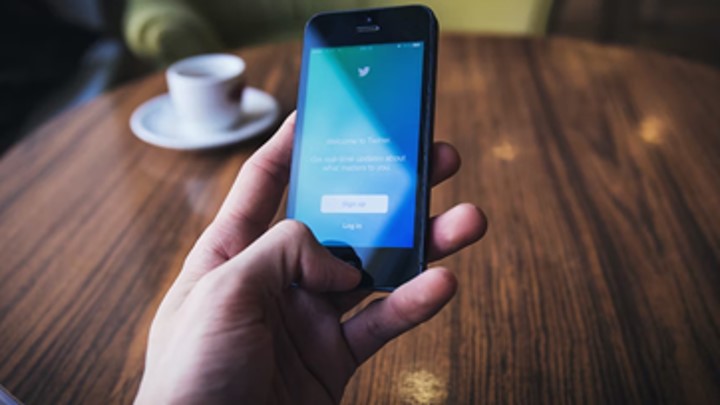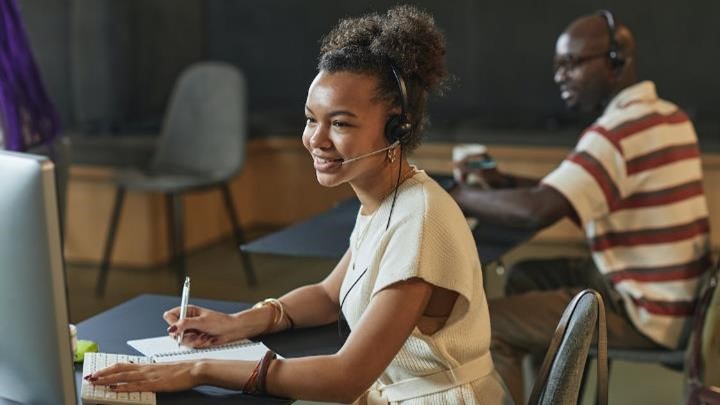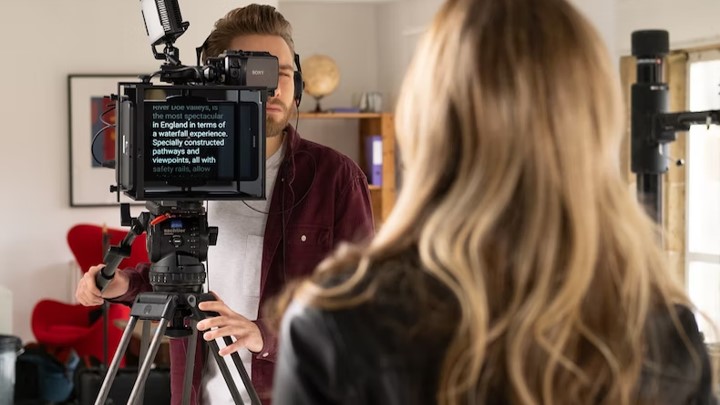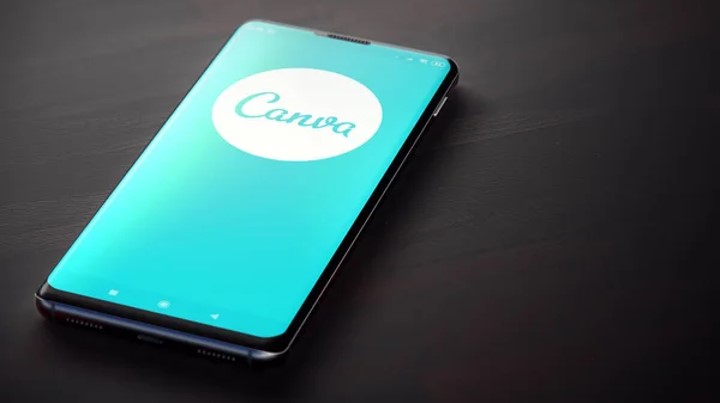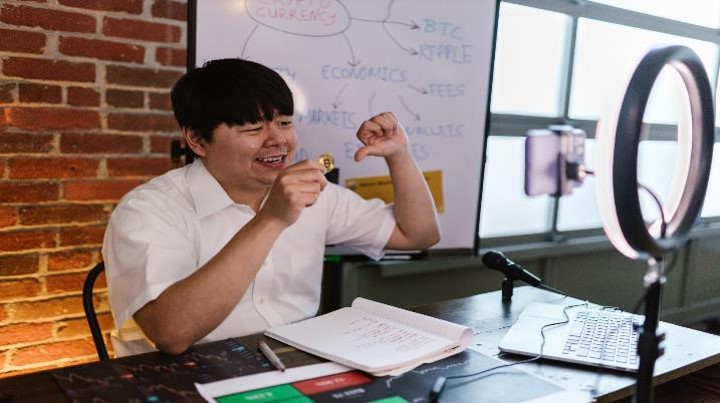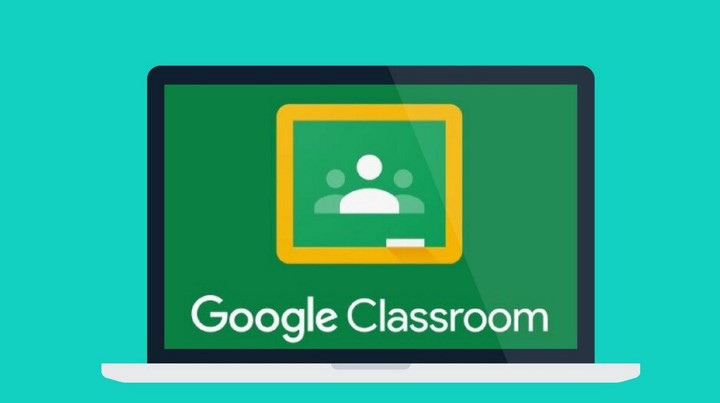Last Updated on May 26, 2023 by Uncle Pat Ugwu
Possessing digital media literacy skills in this digital age and being digitally literate is more important now than ever. Digital media literacy examples encompass a wide range of skills and practices that enable us to navigate the vast digital landscape, critically evaluate information, protect our privacy, and actively engage as responsible digital citizens.
In this blog, we will highlight some concrete examples of digital media literacy that showcase its relevance and significance in our daily lives. Let’s dive in and discover how these examples can empower us in the digital realm.
What is Digital Media Literacy?
The capacity to correctly access, scrutinize, contrast, and generate digital media content is known as digital media literacy. It entails developing a set of skills that enable you to navigate through the vast amount of information available online, critically assess its legitimacy and dependability, and communicate appropriately with digital media platforms.
It also includes your ability to make educated decisions, consider carefully the media messages you encounter, protect your privacy and safety, and actively participate in the virtual world as a responsible digital citizen.
Digital Media Literacy Examples
1. Source Evaluation
Digital media literacy involves the ability to evaluate the credibility and reliability of online sources. For example, when reading an article, individuals can assess the author’s credentials, check for references or citations, and look for signs of bias or misinformation.
This is a crucial component of digital media literacy because failing to evaluate the information’s source and simply accepting what you read online could result in glaring errors.
2. Fact-Checking
With the abundance of information available online, fact-checking is crucial. Digital media literacy includes verifying information by cross-referencing it with trusted sources, fact-checking websites, or consulting multiple perspectives to ensure accuracy.
When you encounter a piece of information online like an image for example. As a digital media literate, you can use Image Reverse Tool to check the first time that same image appeared online. This will help you to know if it is being repurposed or authentic.
3. Critical Thinking
Digital media literacy encourages individuals to think critically about the content they encounter online. It involves questioning assumptions, analyzing arguments, and evaluating the validity of claims to form well-informed opinions.
You will be able to detect lies in some digital media if you have high critical thinking skills. When you look at some internet pranksters, you can immediately tell they are stage-managed by their storyline and acting.
4. Privacy Protection
Understanding digital media literacy involves taking steps to protect personal privacy. This includes setting strong passwords, using two-factor authentication, managing privacy settings on social media platforms, and being aware of potential risks associated with sharing personal information online.
There are a lot of online predators who go about stealing personal information. Digital literacy skills will equip you with the right knowledge to safeguard your online accounts and your personal details. The rule is don’t share personal information with any online stranger.
6. Cybersecurity Awareness
Digital media literacy extends to recognizing and mitigating online security threats. Individuals should be knowledgeable about common cybersecurity risks, such as phishing attacks, malware, and social engineering, and take measures to protect their devices and data.
Thankfully enough, most of our internet browsers today now profile suspicious websites. They will most likely inform you when you attempt to open a phishing site. So always investigate the web URL you are visiting to ascertain if it is the original. And also update your software to get the best security features.
7. Media Creation
Digital media literacy encompasses the ability to create and share media content responsibly. This could involve producing informative videos, writing blog posts, or engaging in digital storytelling, all while adhering to ethical guidelines and copyright laws.
There are many available tools today that will enable you to become a digital media creator. For graphics, you can use tools like CorelDraw, Photoshop, Canva, etc. For blogging, you can use Google Blogger, Medium, and other blogging platforms. There are a lot of social media platforms where you can voice your opinion.
8. Social Media Engagement
Being digitally literate means actively engaging in social media platforms while being mindful of the potential pitfalls. This includes critically evaluating the content shared, understanding algorithms and their impact on information exposure, and practicing respectful and constructive online communication.
When you engage on social media platforms, it is expected that you exhibit your media literacy by engaging respectfully. Avoid being sentimental on religious, political, and tribal issues.
9. Online Community Participation
Digital media literacy encourages active participation in online communities. This can involve participating in discussions, sharing knowledge, collaborating on projects, and contributing to positive online discourse.
You should equip yourself with the knowledge of tools that allows you to collaborate with others professionally. This includes the ability to use video conferencing tools like Zoom, Microsoft Teams, Google Meets, Adobe Connect, etc.
10. Digital Citizenship
Digital media literacy encompasses responsible digital citizenship, which involves understanding and respecting the rights and responsibilities of being an online user. This includes promoting digital inclusivity, practicing empathy and tolerance, and adhering to ethical guidelines.
Kids should be guided on how to avoid online bullying from their peers. And how to also become good netizens themselves.
11. Media Literacy Education
Digital media literacy involves staying informed and educating others about media literacy concepts. This could include teaching others how to critically analyze media content, recognize bias and propaganda, and navigate the digital landscape safely and responsibly.
Because technology is fast changing, the dynamics of digital literacy continue to evolve. Therefore, teaching current information about this should be done regularly.
Related Questions
Why Is Digital Media Literacy Important?
Digital media literacy is essential for exploring and assessing a large amount of internet content. It enables people to distinguish genuine information, oppose misinformation, and actively participate in the digital world.
How Do You Develop Media Literacy?
Understanding different sources of media, fact-checking, critically analyzing messages, and participating in dialogues are all elements of developing media literacy. Reading from a variety of sources, fact-checking assertions, and participating in debates all help to improve media literacy.
What Is the Difference Between Media Literacy and Digital Literacy?
Media literacy focuses on critically assessing and creating media material, whereas digital literacy spans a broader range of technical abilities. Understanding media messages, spotting prejudice, and being an informed consumer and producer are all important aspects of media literacy.
Final Thoughts
In this blog, we have explored various examples of digital media literacy that illustrate its importance and practicality. From evaluating sources and fact-checking to protecting the privacy and engaging in online communities, these examples showcase how digital media literacy enhances our ability to navigate the digital landscape effectively.
